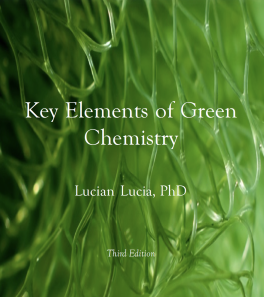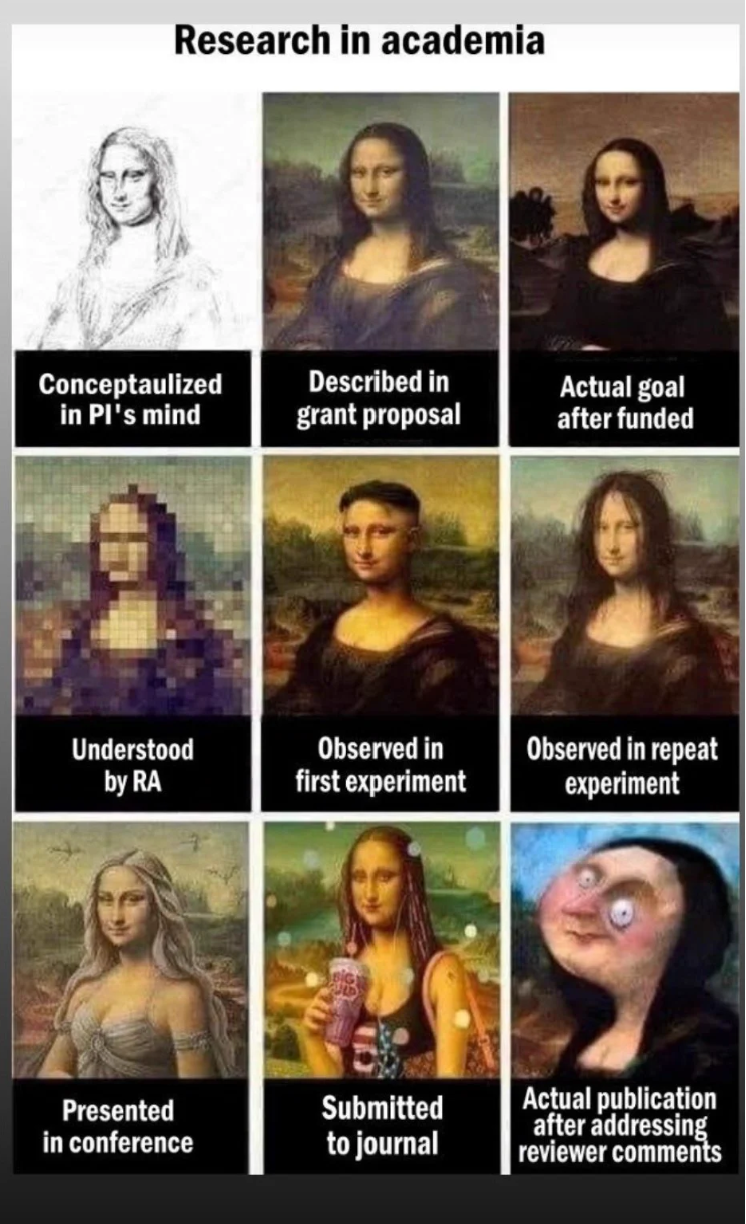Key Elements of Green Chemistry

Summary
Green chemistry is becoming one of the most timely and popular chemistry courses taught in schools. In fact, this decade has been listed as the age of “Green Chemistry” according to a recent ACS compilation. As I began teaching it, I decided to develop a "living" text that responds to student interests and needs. The existing third edition of my text, which offers a perspective of the green chemistry I teach at North Carolina State University, is intended to be a general resource, and since it is living, I welcome your input. Indeed, its evolution occurred during the on-the-ground learning environment in my class and lab. My objective was to make the text a student-sourced living textual compendium on the nature of what we are learning and discussing. I wanted my students to put their ideas into thought, into practice, and into realization through it. I hope it will be a source of inspiration to the greater GCTLC and all those thinking of green chemistry as a way to ensure we have the best and brightest possible future as a global community.
Safety Precautions, Hazards, and Risk Assessment
N/A
Teacher Recommendations or Piloting Data (if available)
N/A
Other notes/information
None
File (PDF, PPT, image, etc)
File (PDF, PPT, image, etc)
Link to external
Creative Commons License

